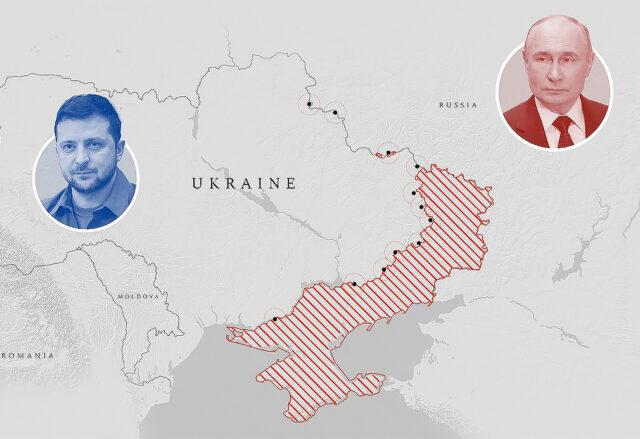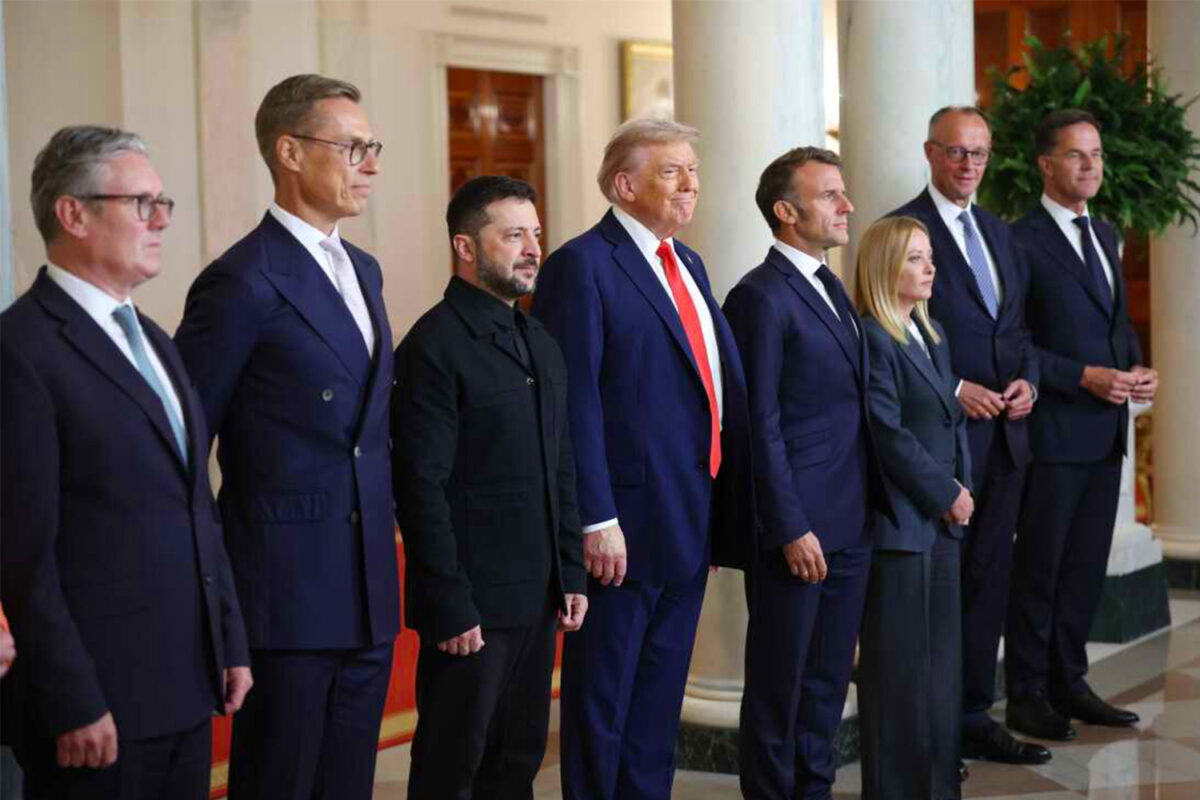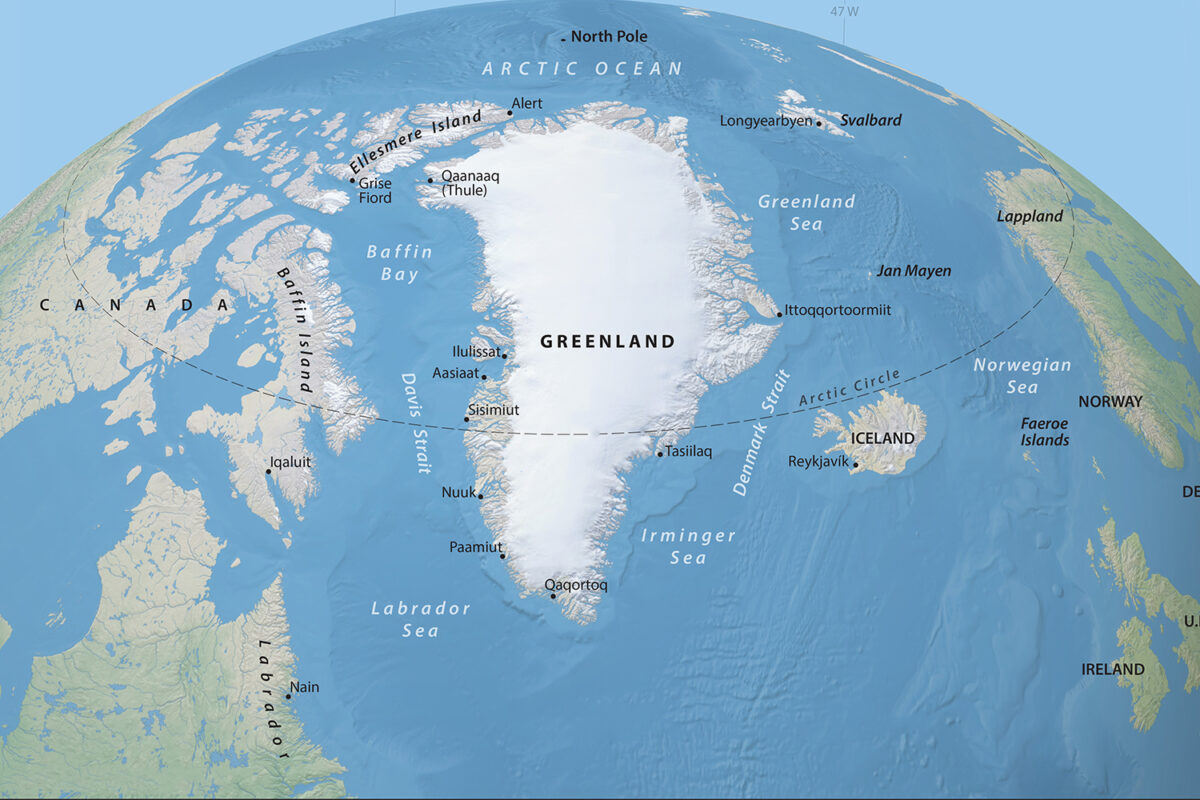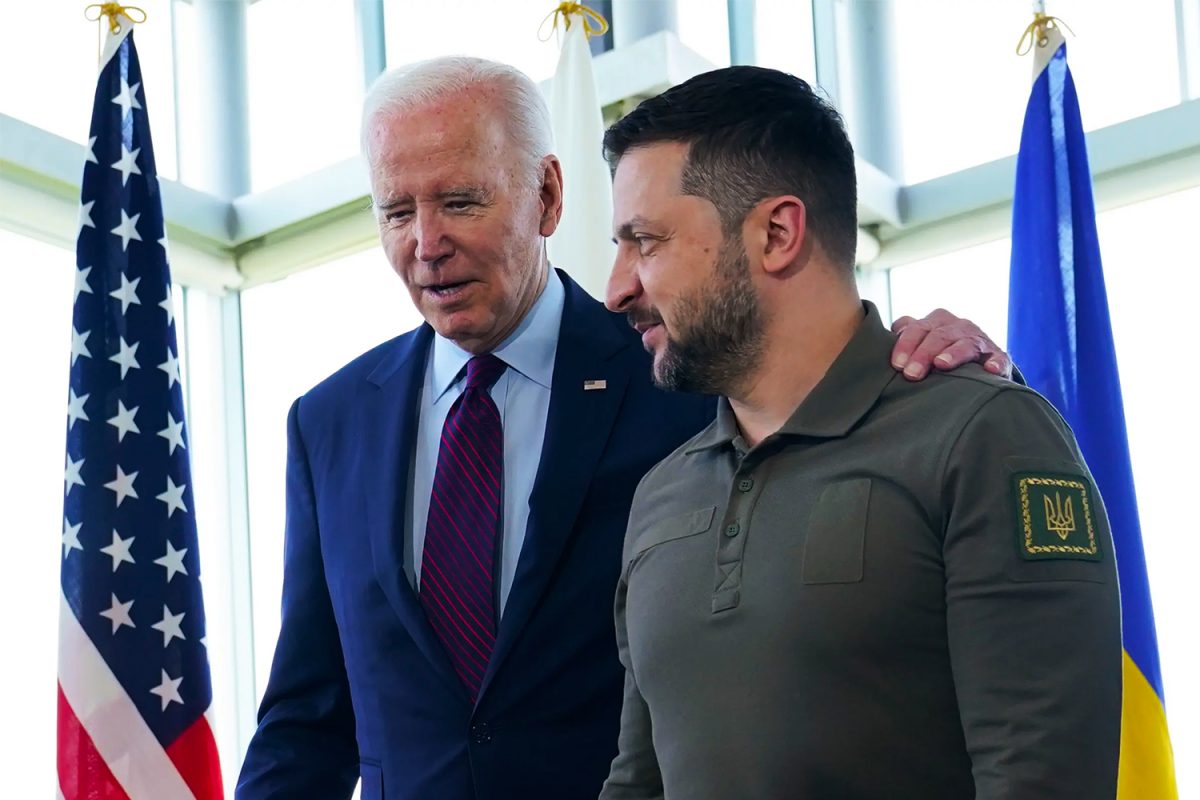US president Donald Trump and the EU slapped new sanctions upon Russia as the end of the Ukraine war seems as distant as ever. President Trump has now made a U-turn on his U-turn with his decision to start supplying patriot missiles to Ukraine. Vladimir Putin’s anticipated swift victory that failed to materialise, and what the Kremlin euphemistically refers to as Ukraine’s “Special Military Operation” (SMO) has evolved into a brutal war of attrition, both in terms of human life and military assets. The once-expected rapid outcome now looks like a drawn-out and costly conflict for both sides.
As Joseph Stalin famously remarked, “The death of one man is a tragedy, but the death of millions is a statistic.” This cold, dispassionate view seems to resonate with the Russian president, who recently found himself embroiled in an embarrassing moment. A headline-grabbing statement by Andrei Besedin, the head of the Ural Chamber of Commerce and Industry, suggested the war’s toll required an influx of a million Indian workers to replace those lost to attrition[1]. Although Besedin later denied making these remarks, they nonetheless highlighted the profound human cost of the war for Russia. While casualty figures remain closely guarded secrets, independent reports and disturbing footage of Ukrainian recruitment tactics[2] suggest that the real numbers are far higher than either Moscow or Kyiv would admit.
The British Ministry of Defence estimates that more than one million Russian soldiers have either been killed or wounded since the invasion began in February 2022. This aligns with a report from the Centre for Strategic and International Studies (CSIS), which puts Russian military deaths at up to 250,000, with total casualties exceeding 950,000[3]. To put these figures in context, Russia has suffered roughly five times as many fatalities in this conflict as in all its wars since World War II combined. Russian losses in Ukraine are 15 times greater than in the Soviet-Afghan War, and 10 times higher than in the two Chechen Wars. For the Kremlin, however, such staggering losses are mere statistics.
Russia has suffered roughly five times as many fatalities in this conflict as in all its wars since World War II combined
Ukraine, too, has borne heavy casualties, with an estimated 60,000 to 100,000 killed and total casualties nearing 400,000—an enormous toll for a far smaller population. The most dire consequence for both nations, however, has been the severe depletion of manpower. Russia, in particular, has faced a military recruitment crisis, with videos circulating of officers forcibly conscripting civilians from the streets. Despite official claims from both sides, these tactics cast doubt on the veracity of casualty reports.
Material losses have been equally staggering. Since January 2024, Russia has lost over 1,100 armoured fighting vehicles, more than 3,000 infantry fighting vehicles, 300 self-propelled artillery pieces, and nearly 2,000 tanks. More strikingly, the ratio of Russian to Ukrainian equipment losses has ranged from 5:1 to 2:1[4], with Ukraine managing to hold its own in terms of hardware despite fewer resources. These losses compound the reality of a war that is grinding both sides down.
The Kremlin seems prepared to endure significant attrition in its bid to outlast Kyiv, but the ongoing and disproportionate loss of military equipment is steadily undermining Russia’s ability to produce fresh, high-quality forces for the breakthroughs it continues to pursue. Since January 2024, Russia has exchanged vast amounts of military hardware and huge losses in manpower for only marginal territorial gains. In a country the size of Ukraine, unless an adversary is gaining tens of kilometres per day, it may safely be considered a stalemate. This strategy fundamentally fails to meet Moscow’s ambitious goal of significantly expanding its hold over Ukrainian territory.

A peace deal, once predicted by former President Donald Trump to be achieved “within 24 hours,” remains a distant prospect. Trump’s peace efforts have proven largely performative. His approach, driven by personal inclinations rather than an evidence-based policy process, has lacked the institutional backing necessary for meaningful negotiations. In the absence of serious diplomacy, peace remains elusive.
A peace deal, once predicted by former President Donald Trump to be achieved “within 24 hours,” remains a distant prospect
In the meantime, Russia’s arms industry has experienced an unexpected resurgence. Contrary to Western perceptions, Russia’s economy is not reliant on manufacturing high-tech goods for export; rather, it specializes in producing the raw materials that others need to build advanced technologies. China, India, and Türkiye continue to import Russian fossil fuels, providing Moscow with the financial resources to sustain its military campaign.
This has enabled what might be called a “Kalashnikov economy”: an unsophisticated, yet durable, war machine designed for large-scale, long-term unforeseen conflict. Russia’s defence industry, once regarded as inefficient, with significant over capacity, now appears prescient, with state subsidies for arms production dating back decades a latent capacity to rapidly increase defence production has existed. Total Russian defence spending has surged to an estimated 7.5% of GDP, and the military-industrial complex now employs over 3.5 million Russians, or 2.5% of the population.
Russia’s artillery production has become a key focal point. Domestic factories are producing three millions of shells annually, with production set to increase further in the coming years.[5] Meanwhile, the restoration of tanks and other military hardware has become a critical component of Russia’s efforts to replenish battlefield losses. Although there are signs of strain—tank restoration has slowed, and stocks of T-72B and T-80 models are being exhausted—the Russian military continues to push forward with older models.[6]
Sanctions have had limited impact on Russia’s ability to source essential components. Moscow has bypassed Western restrictions by rerouting supply chains through friendly countries, particularly China. In 2023, trade between Russia and China hit a record $240 billion, with China supplying critical electronics, microchips, and other components needed for Russia’s arms production. Even North Korea has gotten involved, reportedly sending up to 3 million artillery shells to Russia since October 2024.
Sensing the possibility of outright victory Russia is in no mood to compromise with the US.
Ukraine, for its part, has also increased its domestic arms production. After inheriting much of the Soviet Union’s military-industrial base, Ukraine has ramped up missile production and the manufacturing of artillery and self-propelled systems. The country’s defence industry, which was worth just $1 billion in 2022, is set to reach an estimated $35 billion in 2024. Ukraine’s missile output has surged, with new systems such as the Palianytsia and Peklo cruise missiles now entering production. Additionally, the country has dramatically increased the production of artillery and mortar rounds.[7]
The geopolitical dynamics surrounding the war are just as complex. The United States, while publicly committed to supporting Ukraine, benefits from a prolonged conflict. A protracted war strengthens NATO’s ties with an increasingly independent Europe, compels European nations to boost defence spending (largely benefiting US defence contractors), and drives up European energy costs, harming European companies that compete with US firms. Similarly, China has little interest in a quick resolution. A drawn-out war weakens NATO stockpiles and distracts the West from its own economic and military ambitions in Asia, while providing China with cheap energy and minerals.
For Europe, the calculus is less straightforward. European leaders are unwilling to commit the resources necessary to guarantee Ukraine’s victory, but equally hesitant to allow the country to capitulate. Meanwhile, Ukraine remains steadfast in its determination to avoid Russian occupation. Absent a dramatic shift in US policy, the war is likely to continue, with no clear end in sight.
The conflict, in short, has become an enduring quagmire. With neither side able to deliver a decisive blow, the war will grind on—shaping the geopolitical landscape for years to come.
[1] Russia to import 1 million skilled workforce from India – The Economic Times
[2] Violent Videos Raise Questions About Ukrainian Military Recruiters
[3] One million and counting: Russian casualties hit milestone in Ukraine war | Russia | The Guardian
[4] Russia’s Battlefield Woes in Ukraine
[5] Is Russia producing a year’s worth of NATO ammunition in three months? | Euronews
[6] Russia has depleted its tank stocks: the industry is not covering combat losses
[7] Ukraine’s defence industry hits USD 9 billion milestone in 2024 with missile breakthroughs




